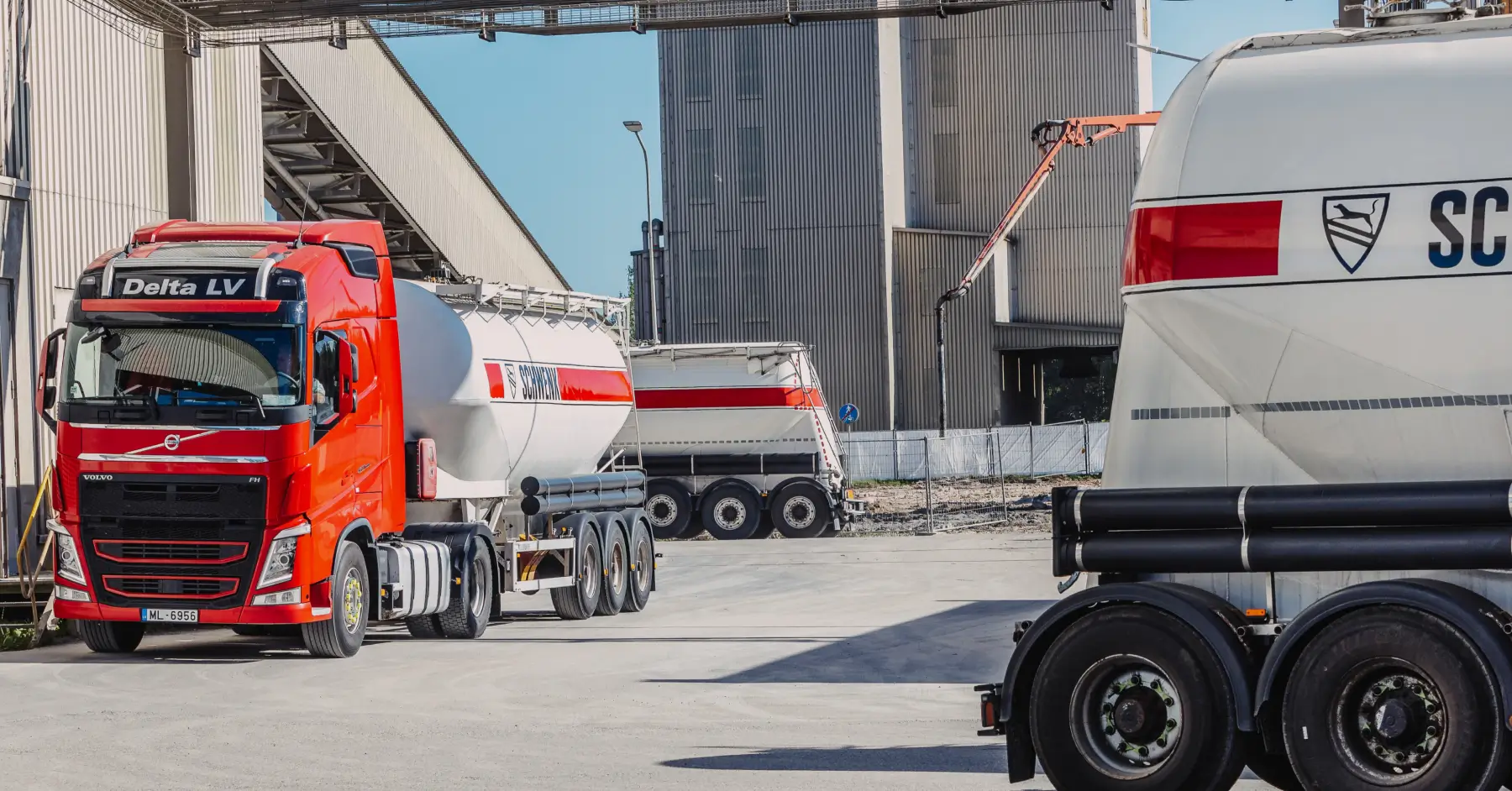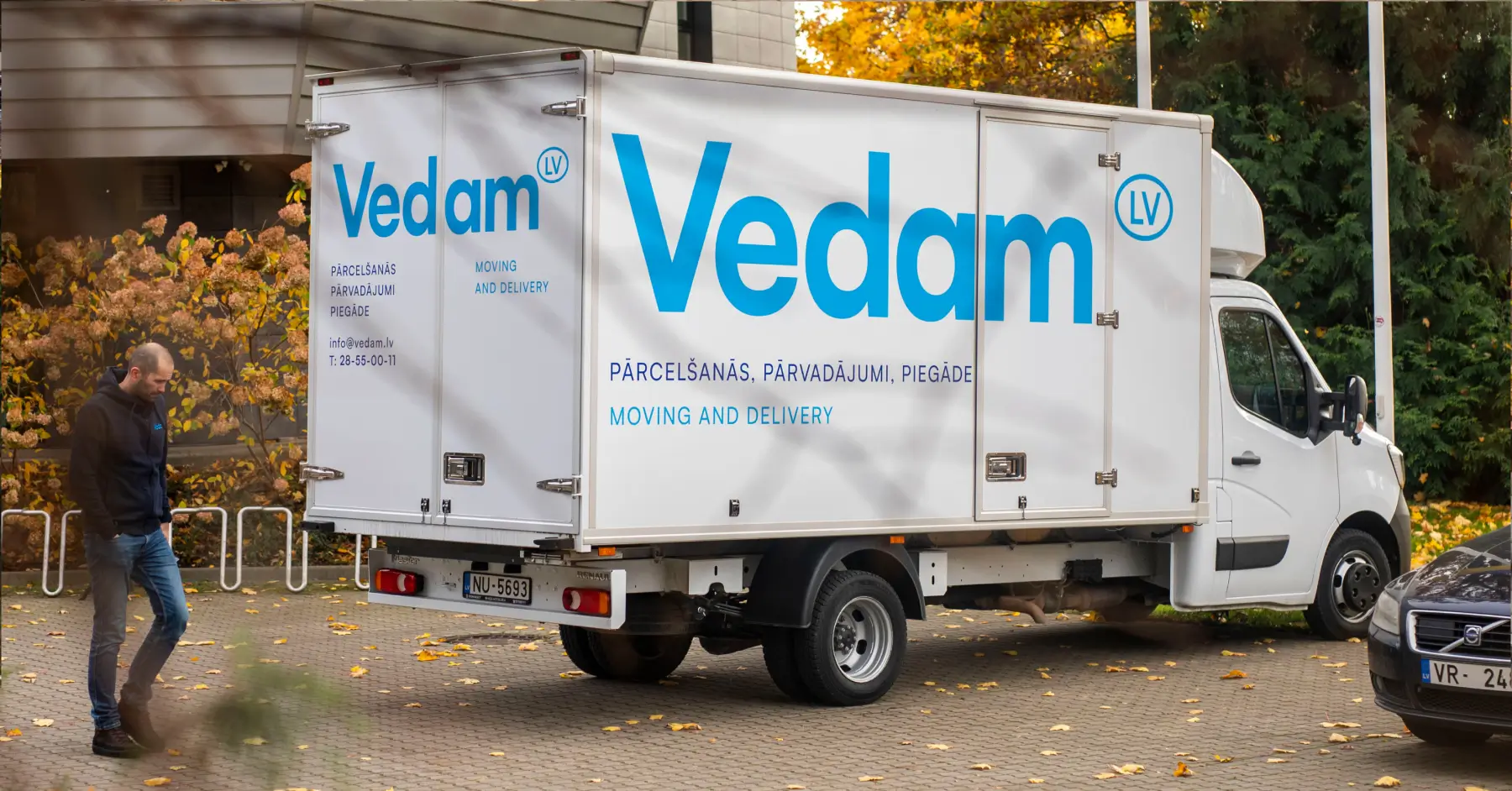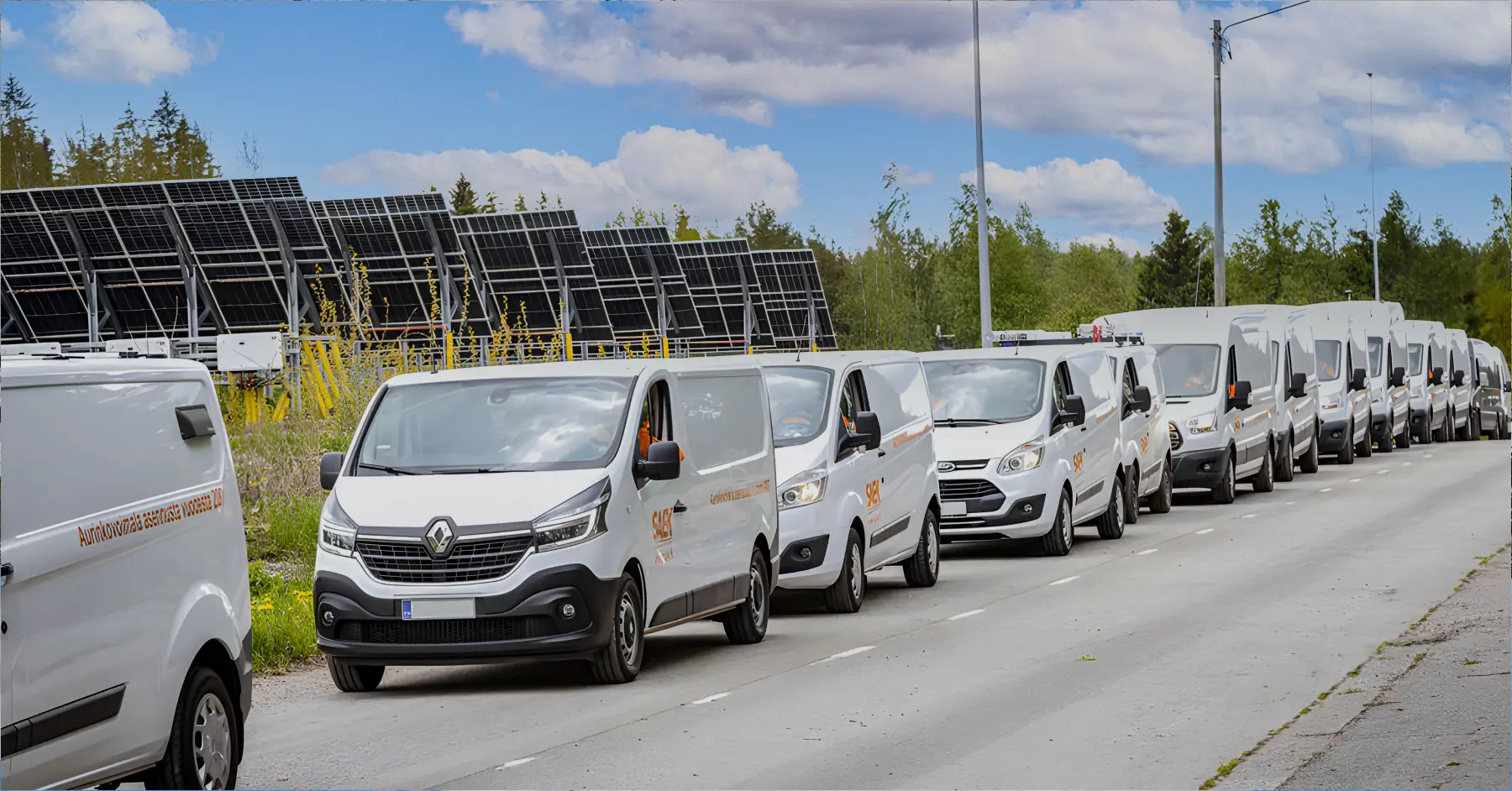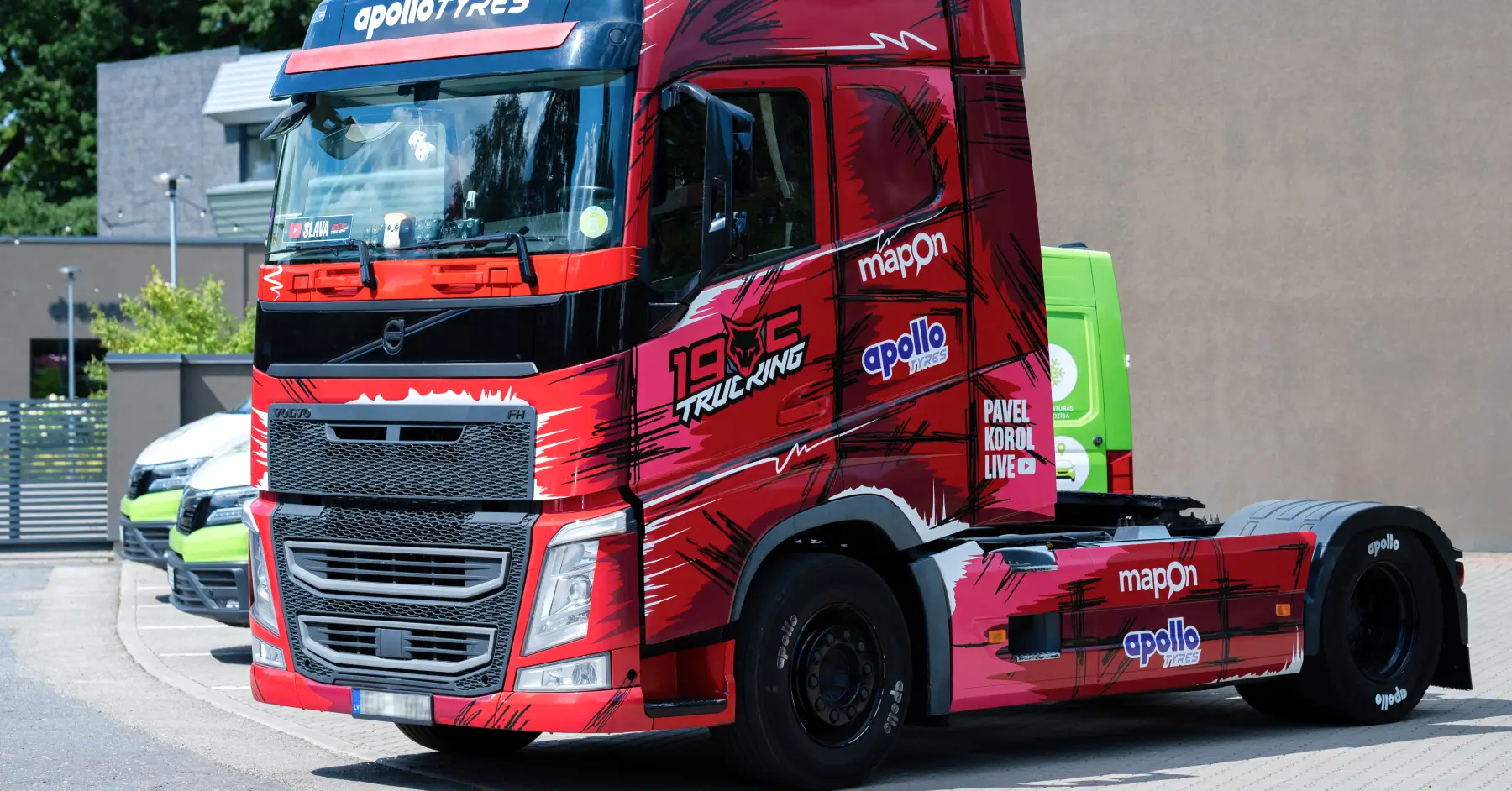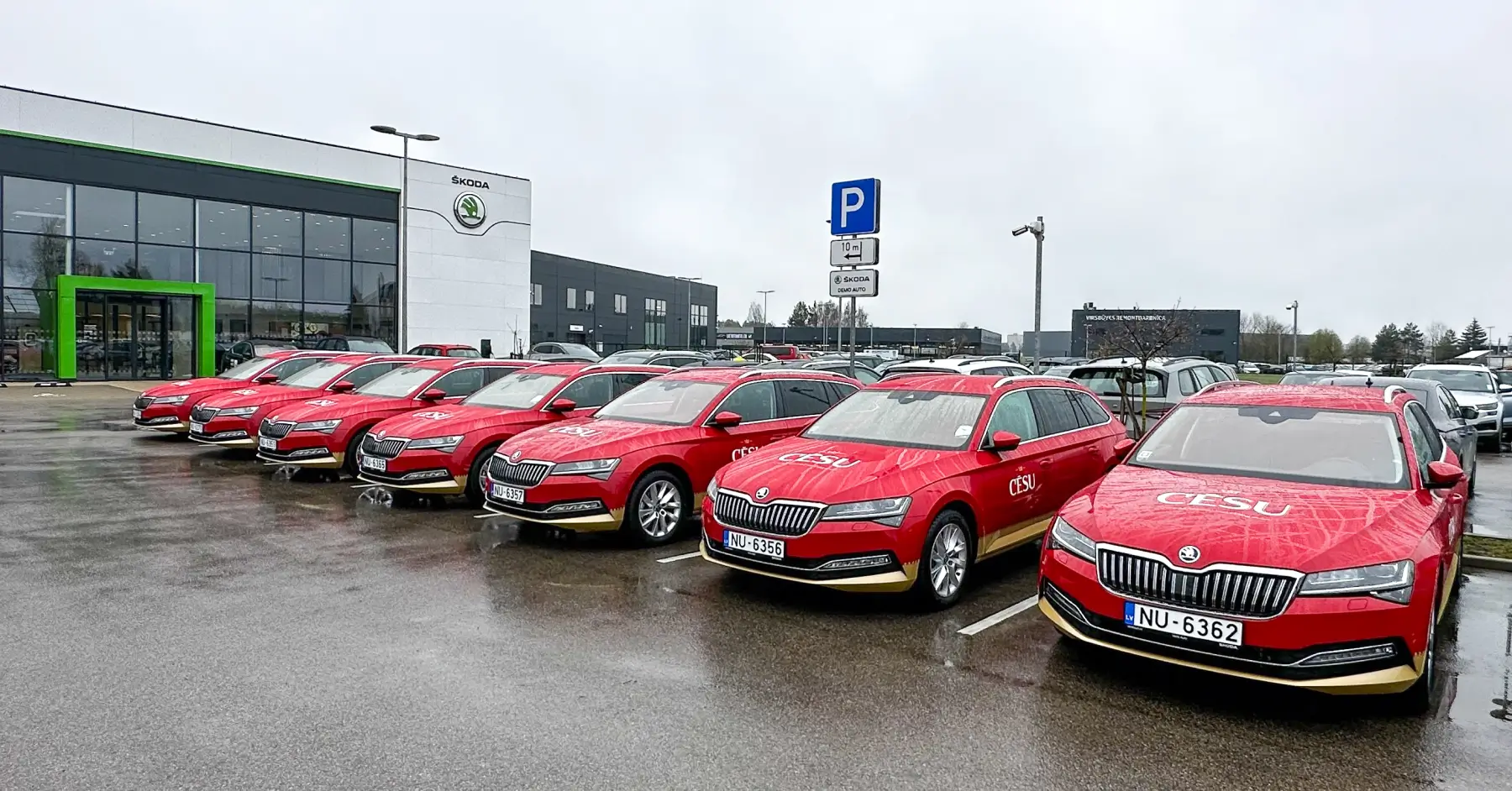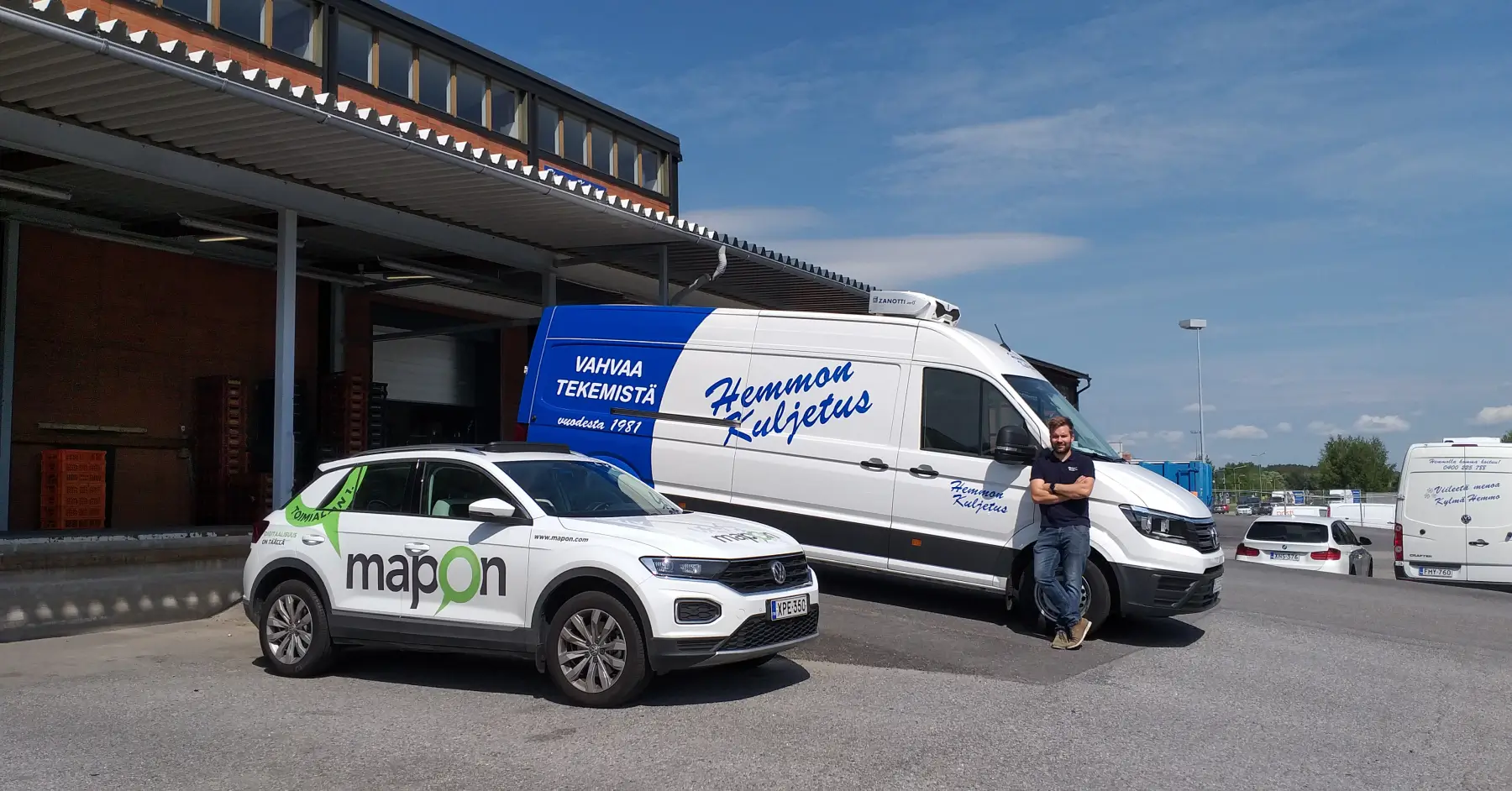Estonian company Keskkonnahooldus Eesti OÜ works in urban environment maintenance: street cleaning, rubbish removal, green spaces upkeeping. In spring 2025, the company installed Mapon cameras on some of its vehicles.
We spoke to Maksim Akulistõi, the representative of Keskkonnahooldus, to find out why the company decided to use video telematics and how fleet camera systems have changed its day-to-day operations.
Why cameras?
Keskkonnahooldus had long considered the idea of installing cameras on machinery, but for a long time they couldn’t find a suitable solution on the market. The company needed not just video, but a single system that would combine GPS monitoring and visual control.
When Mapon’s solution appeared on the market, it became clear – it was exactly what Keskkonnahooldus was looking for:
a unified platform with GPS and video monitoring.
Camera systems on specialised vehicles
The company installed cameras on street sweepers, which are large self-propelled machines used for seasonal work on cleaning roads and sidewalks, removing granite chips and dust after winter, leaves, branches, needles of coniferous trees, garbage, etc. in summer and autumn. In addition, the company services parking lots and construction sites.
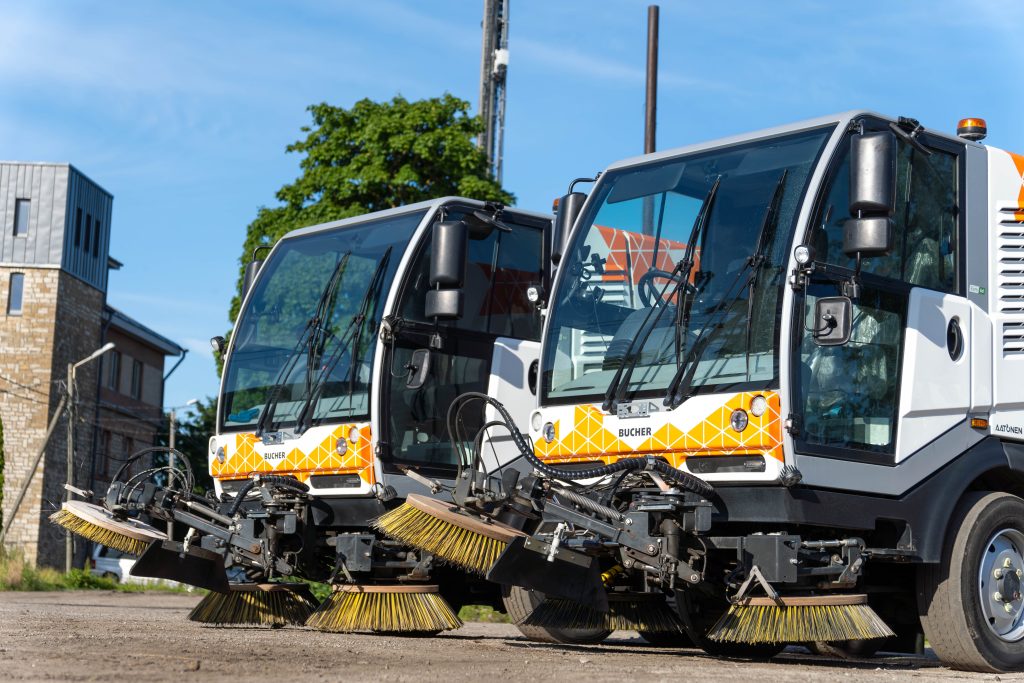
Mapon camera systems help monitor brush activity, routes, and driver behaviour
Cameras in the cabin – savings in the budget
One such sweeper costs more than 200 thousand euros, and any breakdown is not just a technical hitch, but a serious blow to the budget.
Often the cause of breakdowns are hidden operational errors: wrong tilt angle, hatch collision, incorrect trajectory. This is why it is important for Keskkonnahooldus not just to monitor where the equipment is, but to see how it is used in practice – in what conditions, with what driving style, and with what results.
Cameras improve driving
Keskkonnahooldus notes that having cameras helps to maintain a high quality of work. Video is used to:
- evaluate new drivers live;
- analyse recurring errors;
- save time on task checks.
“I used to have to go to the sites and observe the work in person. Now I can go to the platform, watch 10 minutes on one driver, 10 on another and save a few hours a day,“
– says Maksim.

One of the in-cabin cameras captures what’s happening in front of the vehicle
Cameras as a monitoring and training tool
The main purpose of installing cameras is not control for control’s sake. Keskkonnahooldus emphasises that no one has that much time to watch all the footage every day or to monitor the live feed constantly.
The footage is checked when necessary, depending on customer comments, signals from drivers in the field and performance reviews of new employees.
In Keskkonnahooldus’ experience, the cameras help to:
- avoid breakdowns by analysing and improving driving habits;
- resolve disputes with customers;
- train new employees;
- save managers’ time.
Here’s how Maksim describes how he uses the cameras:
“I already know which parts of the routes are the most difficult when they are travelled, and I know when I need to go to the platform and check the live feed or records.”
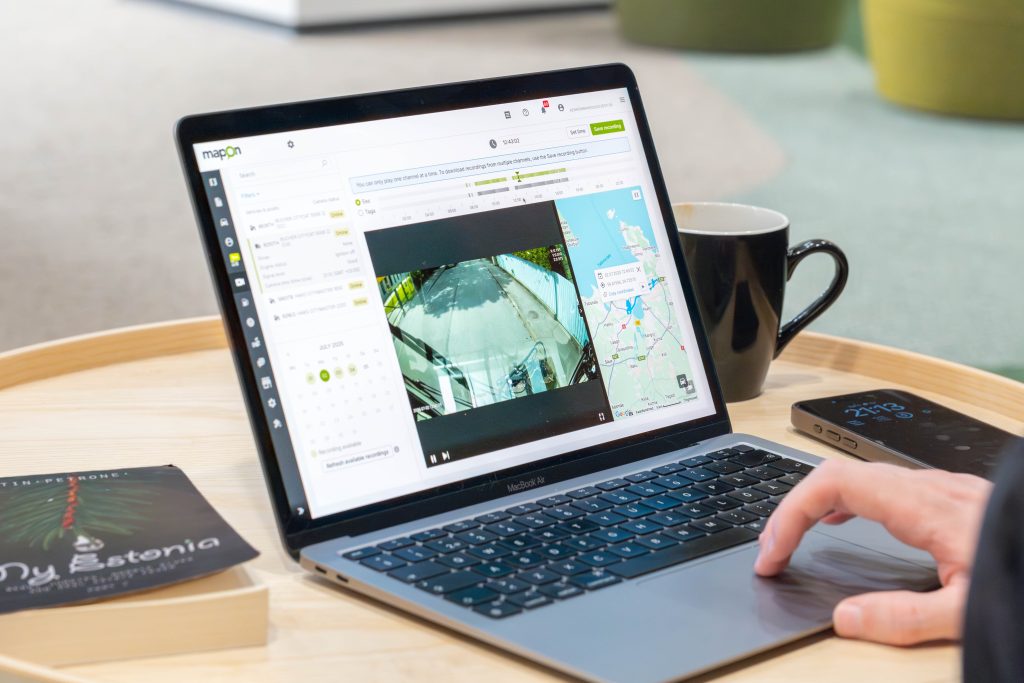
Video footage is available on the Mapon platform in real-time or from the archive
Cameras help work in an urban environment
Keskkonnahooldus’ special vehicles work in dense urban environments where navigating is often complicated by parked cars, construction zones and other typical obstacles. Previously, drivers had to take photos of the situation and manually send the images through an app. This was distracting and took time away from the main work, but thanks to the cameras, the problem has been solved.
Now, managers just need to find the right segment of video by time and GPS, analyse it, then forward it to the client if necessary, and that’s it.
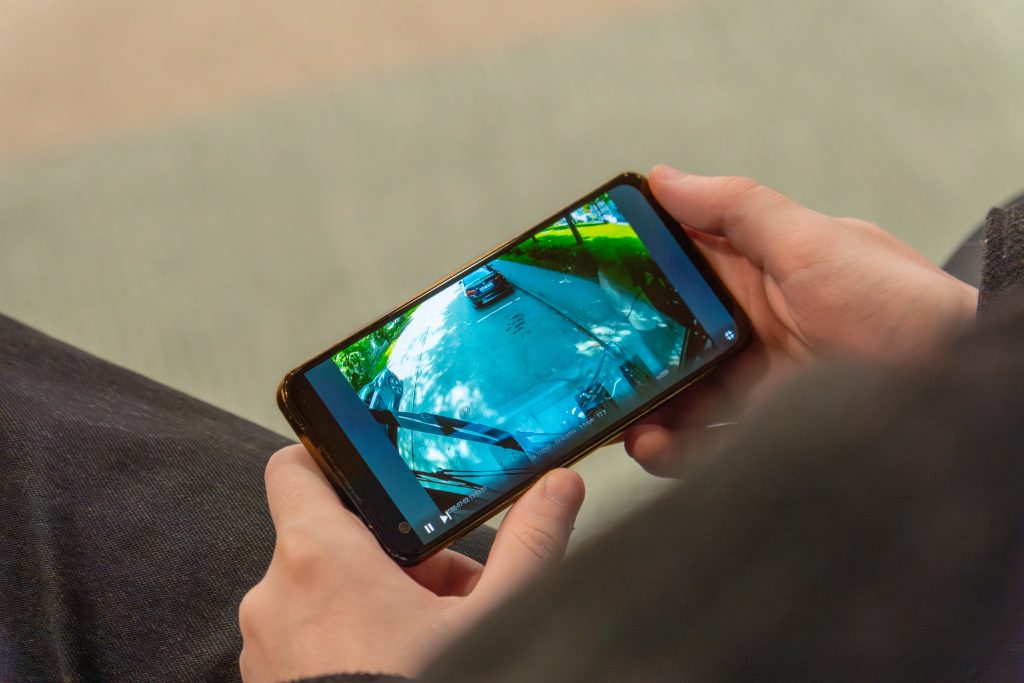
Managers can watch videos of their fleet’s sweepers right on smartphones
If in winter a driver catches a manhole or kerb and breaks a blade, the camera allows seeing exactly what happened. This approach ensures transparency within the team and provides undeniable evidence in resolving any disputes.
Video as an argument for the customer
Municipalities often receive complaints from residents, especially in winter: “The cleaning machine did not pass” or “the snow was not cleaned.” Previously, the driver had to take a photo of the work done and send it manually.
Now the manager opens the platform, finds the right fragment, and takes a screenshot or a short video to send to the customer and confirm the work done.
Keskkonnahooldus notes that it is also important to take weather conditions into account in their work. In autumn, for example, a machine may drive by and clean up, but in 15 minutes, everything will be covered with leaves and needles again. Video helps to prove to the customer that the job was done.
The employees themselves ask to check the recordings
The company installed the cameras at the Mapon service workshop in Tallinn and was satisfied with the result: “Everything was done well and the cameras worked immediately after installation.”
Drivers have accepted the innovation calmly. Maksim recalls that at first, there was concern about sound recording and filming in the cabin. Then it was explained to the employees that
no cameras were installed towards the cabin, and no sound is recorded – only the road and what happens around the vehicles.
Now drivers are so used to the cameras that they even ask managers themselves to “check the cameras” if they have any questions.
“We don’t use the cameras for total control, but to make the drivers realise that we can see how they work and help them improve,” says the Keskkonnahooldus spokesperson.

Front-facing dash cameras are quick to install and don’t require interference with the vehicle’s control systems
A plan for camera expansion
Sweeper sweepers are far from the only Keskkonnahooldus equipment. The company plans to replace conventional GPS devices with GPS-enabled cameras and install them on:
- hand crew vehicles (used in park maintenance, etc.);
- winter equipment for the next season.
In these cases, the plan is to put cameras not only in the front and back, but also on the sides to record the entire work area. Mapon’s solutions allow you to create exactly the kind of camera system that your fleet needs.
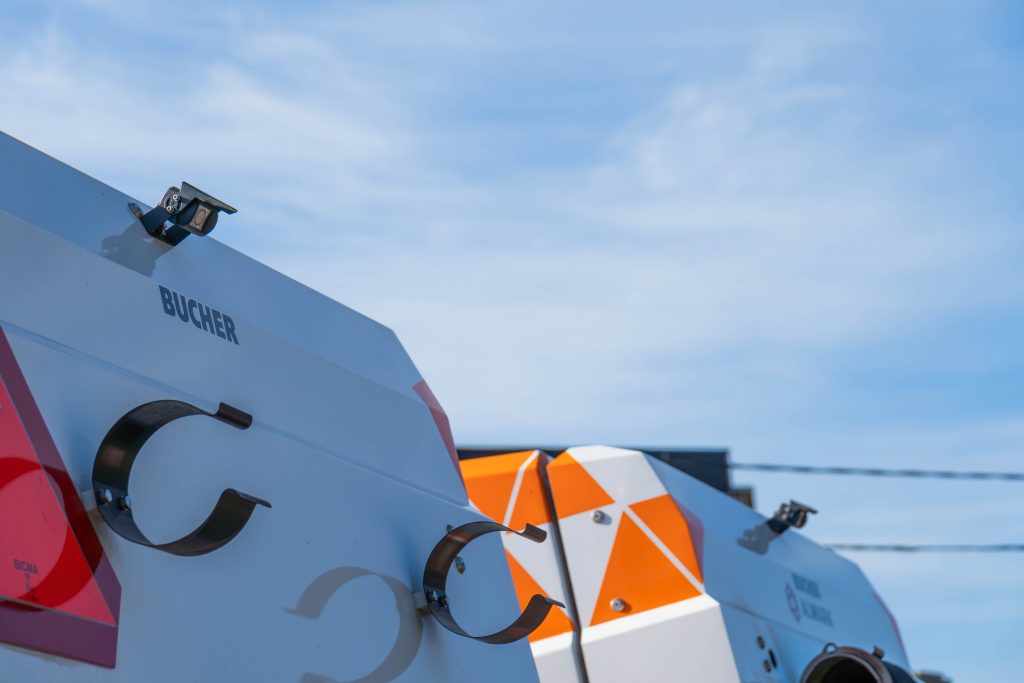
The rear-view camera helps drivers manoeuvre safely in narrow spaces and while reversing
What GPS won’t show, video will
Cameras have become an important work tool for companies such as Keskkonnahooldus, which operates in challenging urban environments and has many customers.
When the cameras were installed, Keskkonnahooldus already had clear routes, a team of experienced drivers, and well-established processes. But it was the cameras that helped to close the blind spots that could not be monitored via GPS.
Video gives the manager the ability to see the situation through the driver’s eyes and make decisions faster and more accurately – without on-site visits, unnecessary calls, and guesswork. It’s a new level of control that works for quality, safety and trust.
***
Want to see how your fleet is really performing? Get in touch with our team – we’ll find a video solution that will help you understand situations on the route faster and make accurate decisions.
Whether you’re managing trucks, street sweepers or service vans, we’ve got you covered!
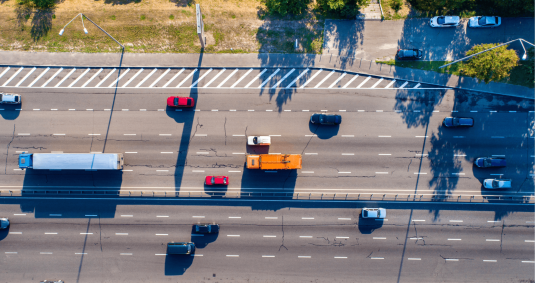

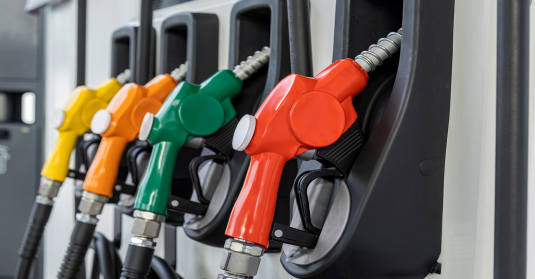

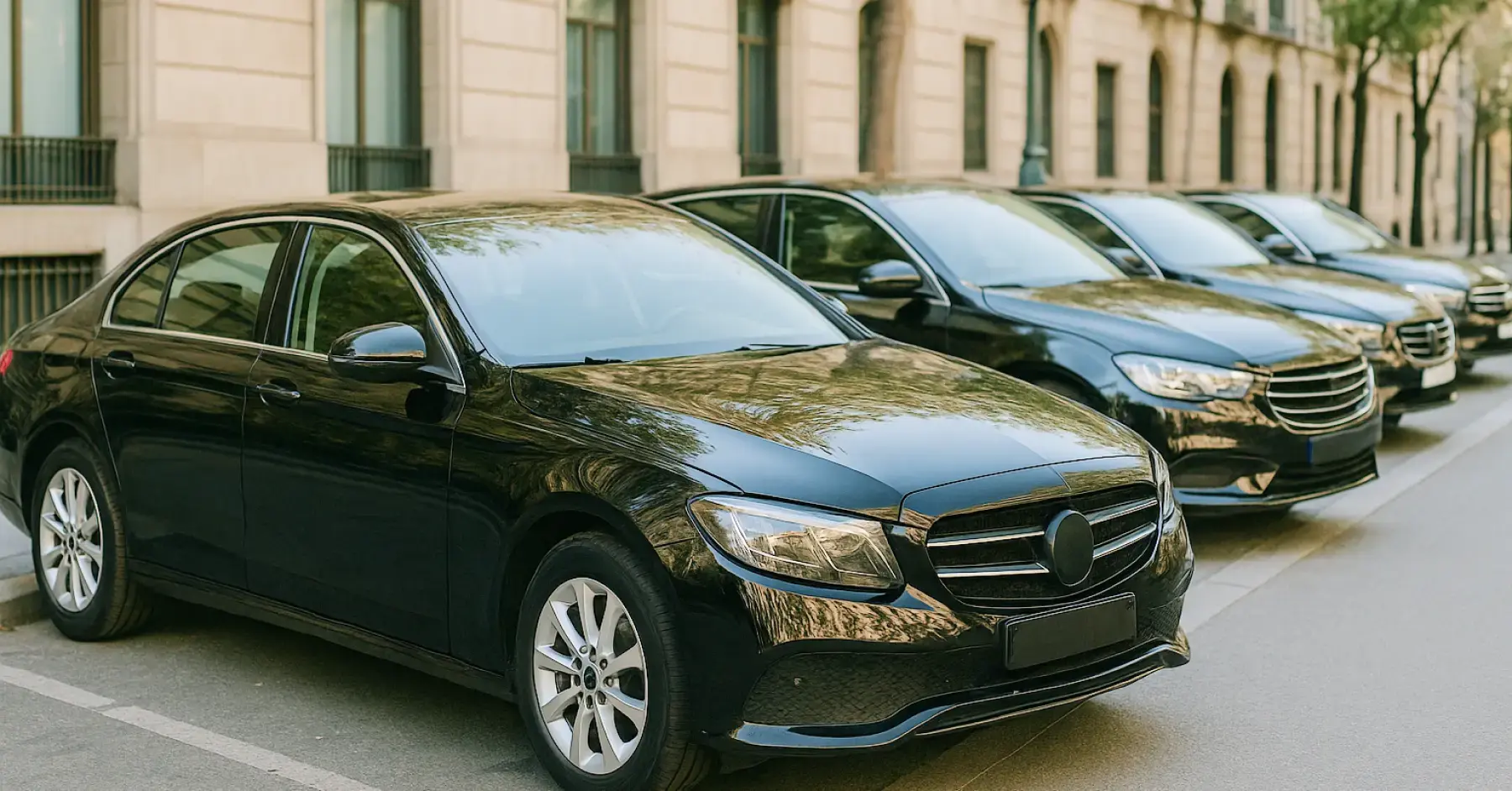
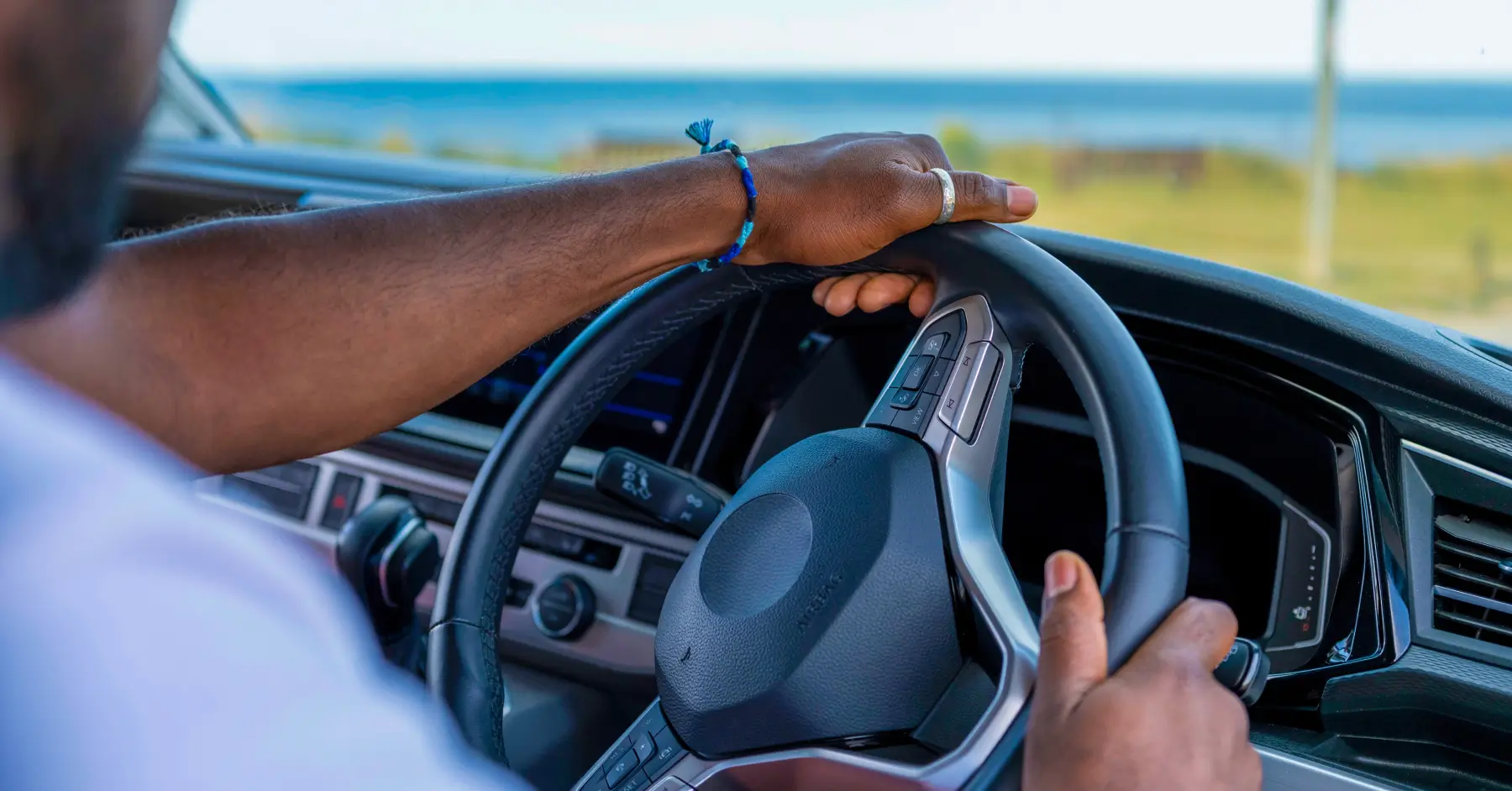

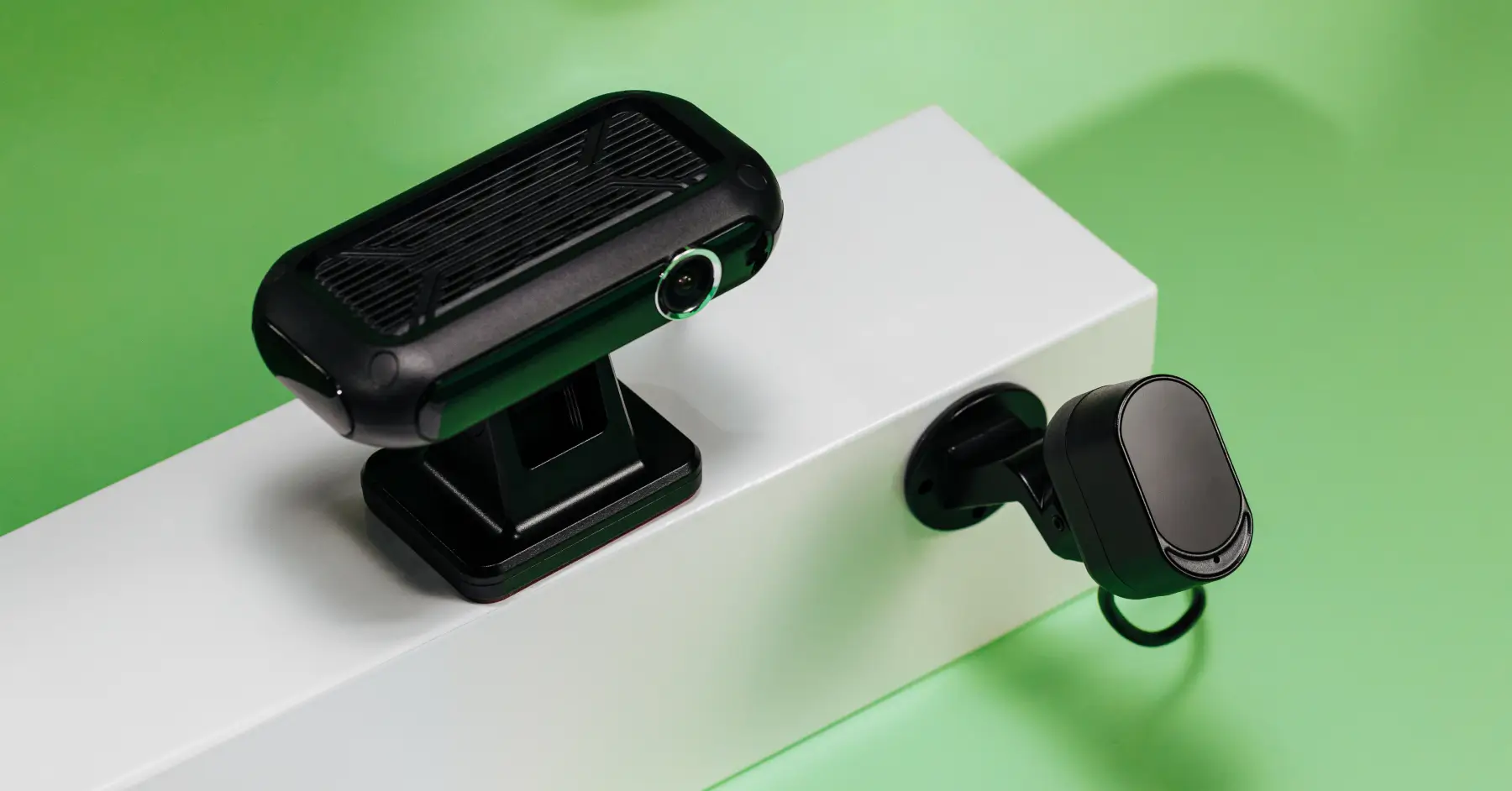

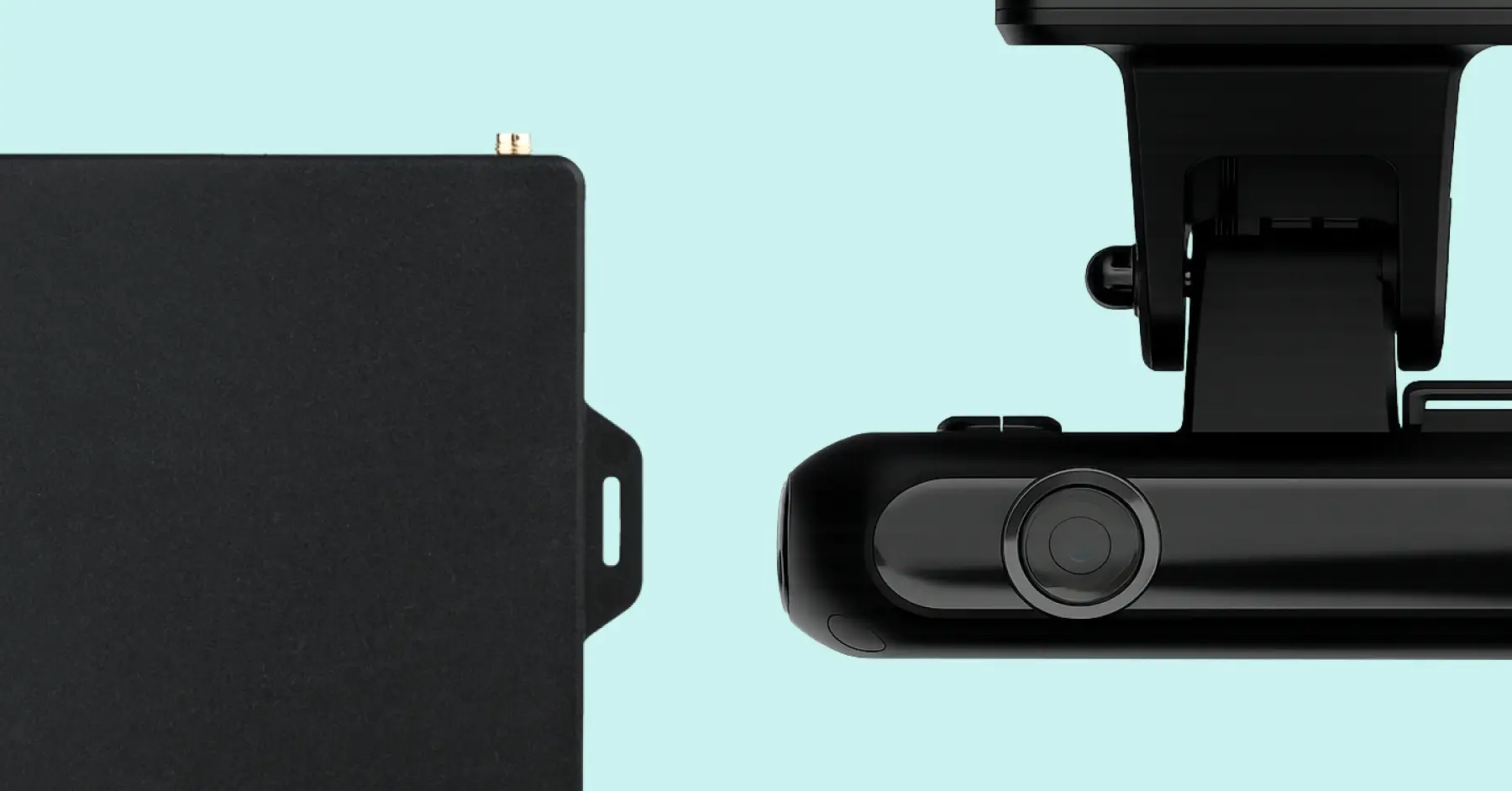
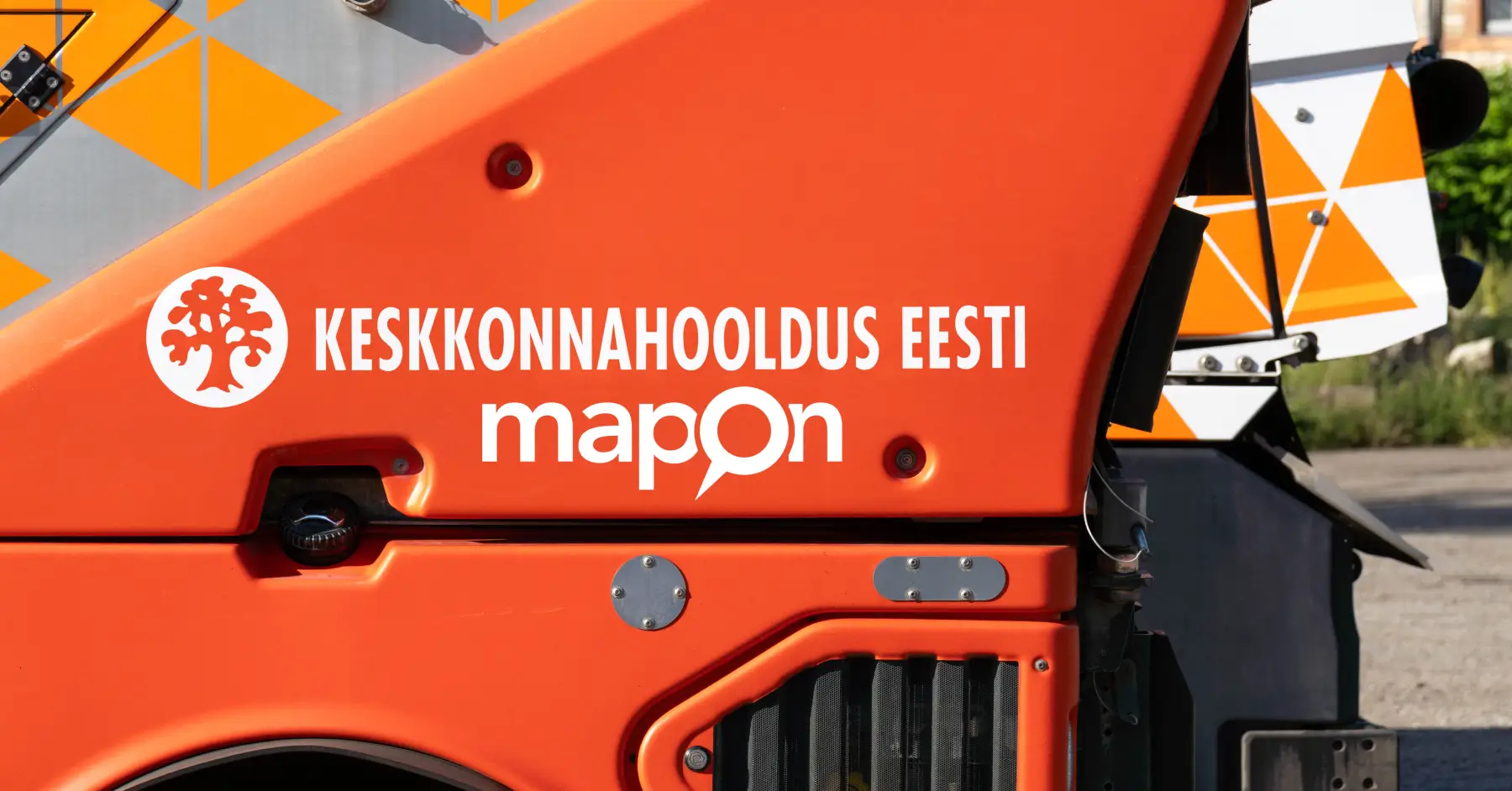
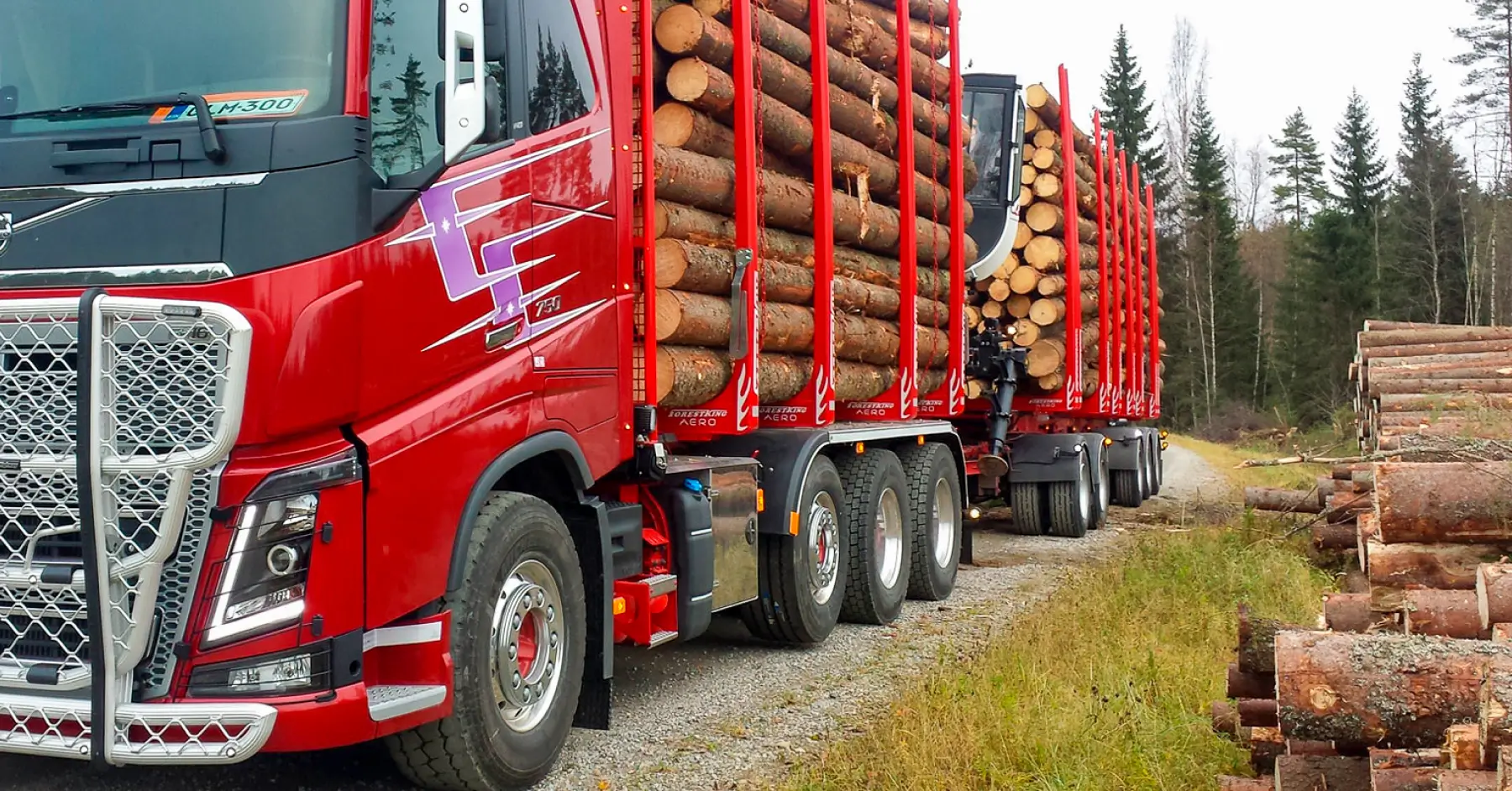
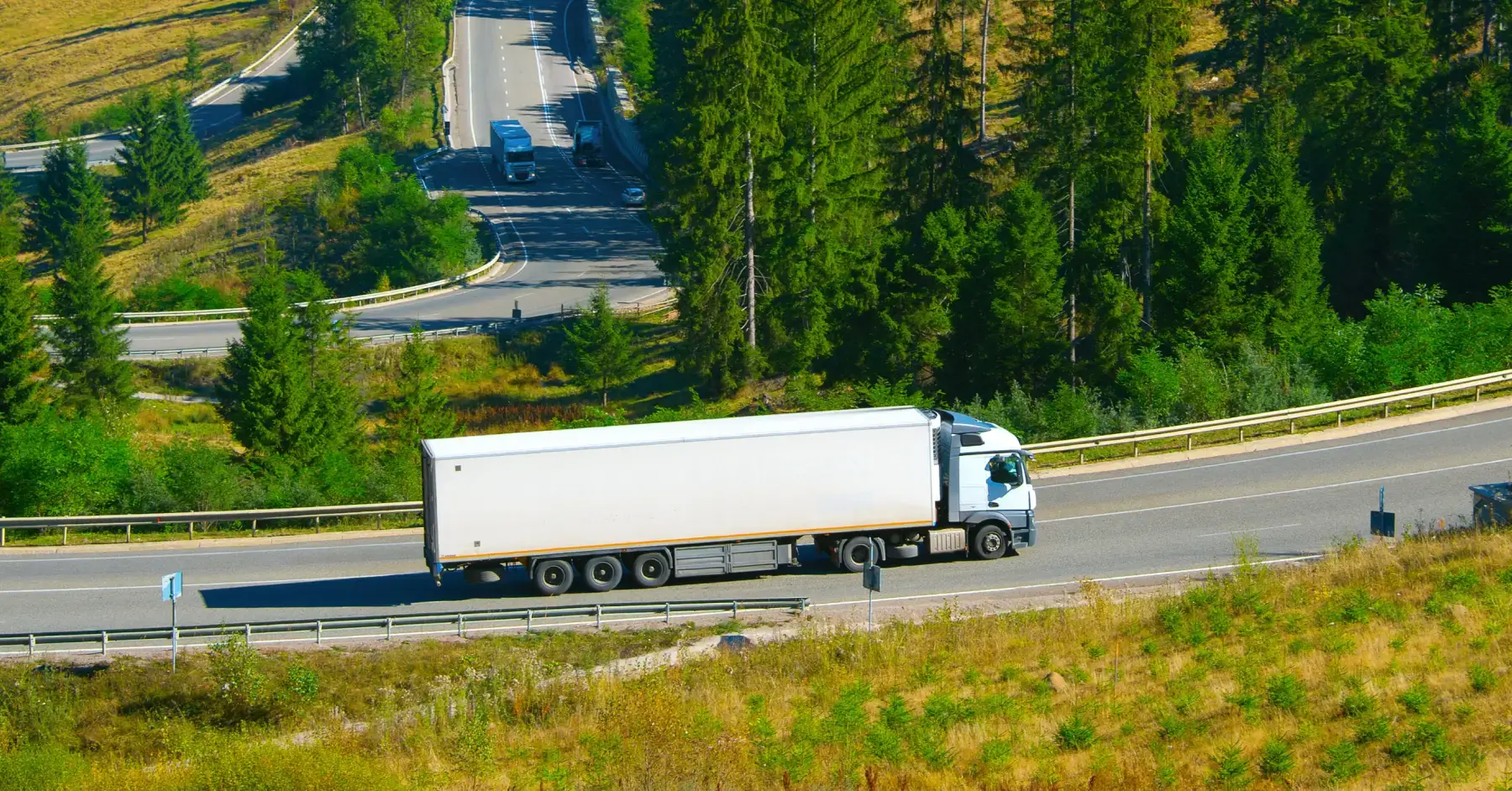


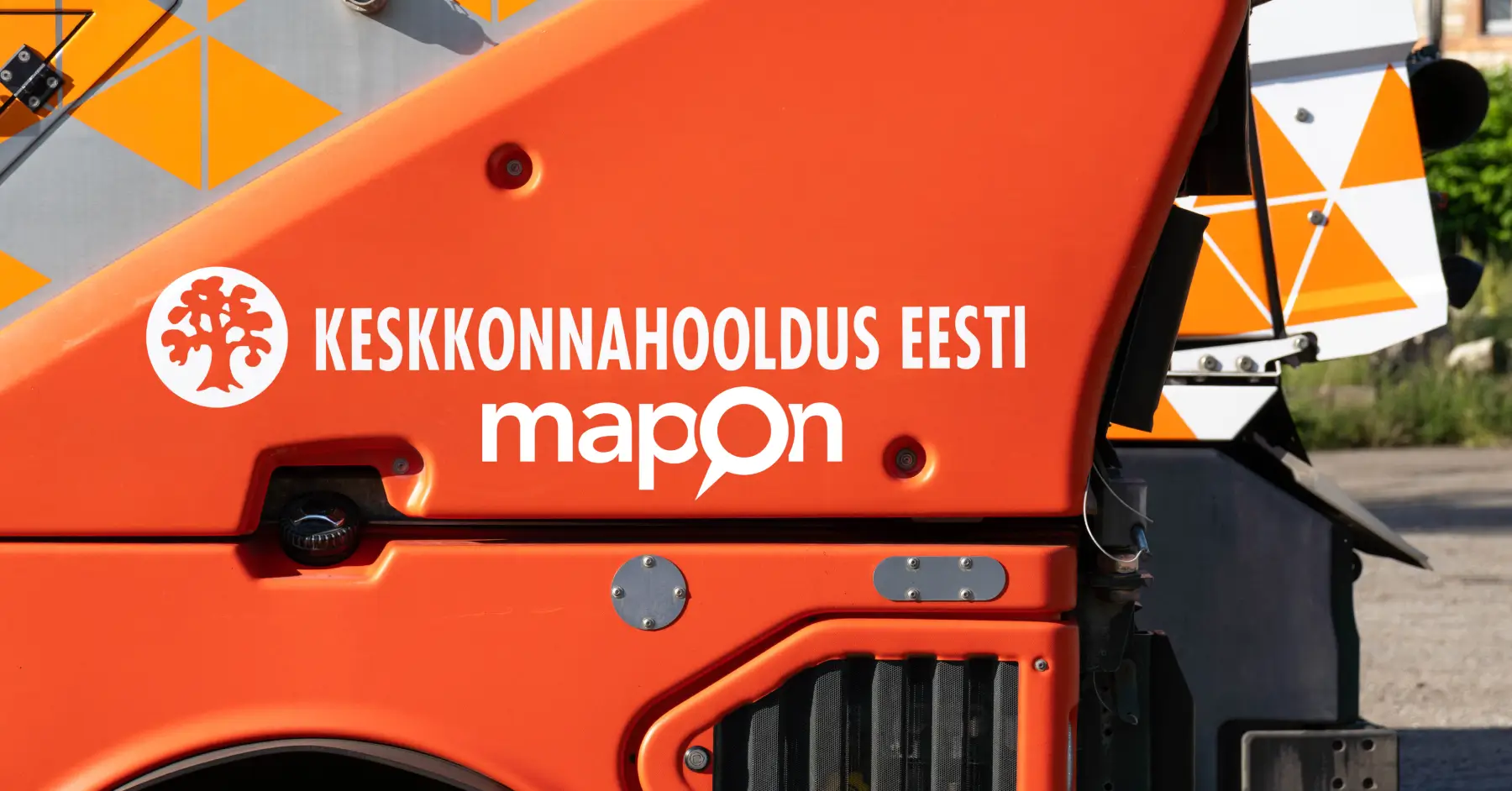
 Back to all posts
Back to all posts
